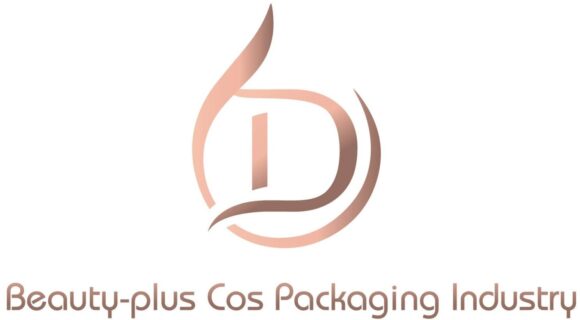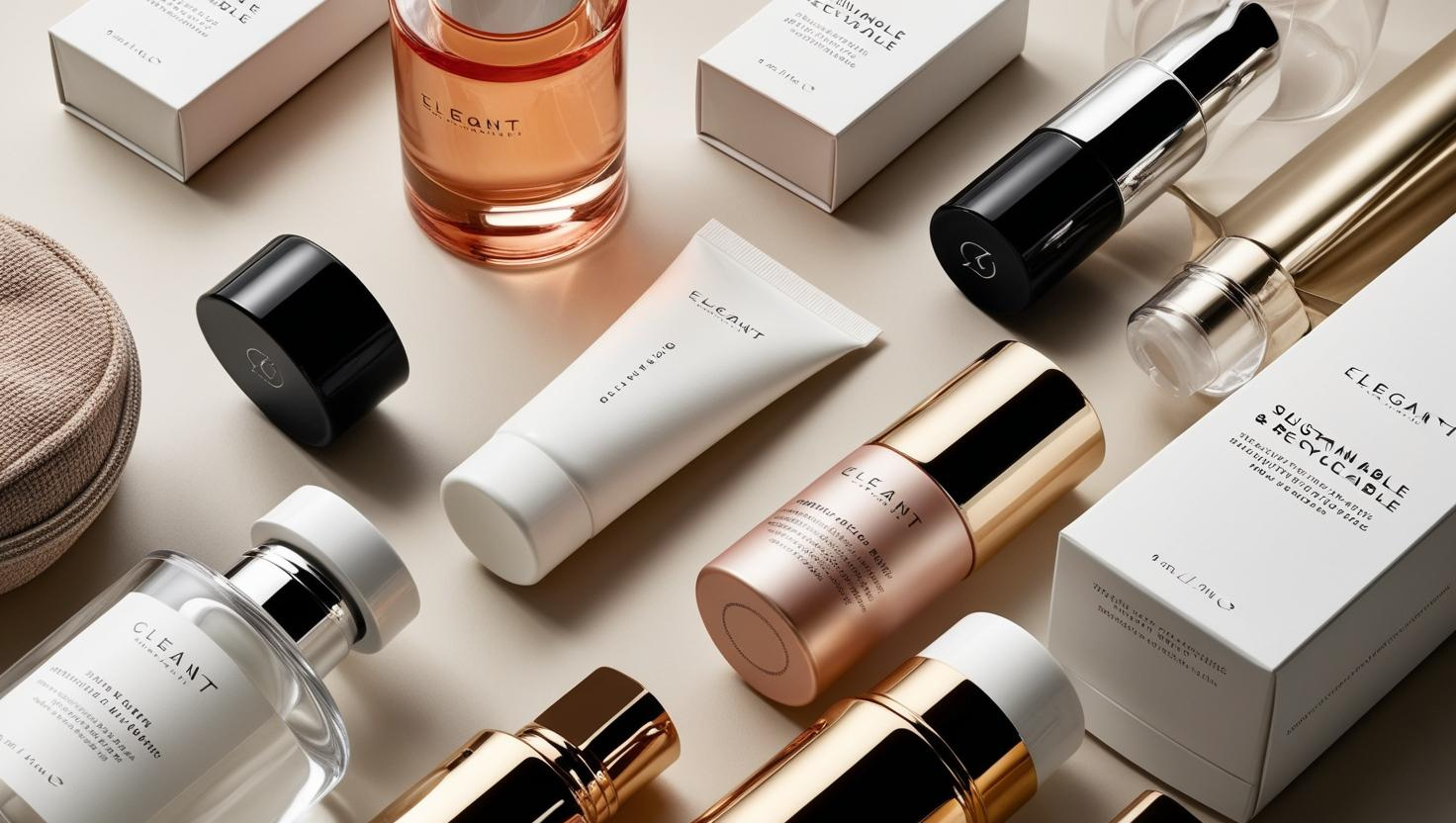
Cosmetic packaging is crucial for branding, product protection, and sustainability. However, sourcing the right packaging can be challenging.
Cosmetic companies get their packaging from specialized packaging suppliers1, manufacturers, and custom design firms that offer materials like glass, plastic, and metal.
Understanding where packaging comes from helps brands choose the best option for cost, sustainability, and aesthetics.
What Type of Packaging Is Used for Cosmetics?
Cosmetics require different packaging based on product type and function.
The most common types include bottles, jars, tubes, pumps, and compacts, made from plastic, glass, or metal2.
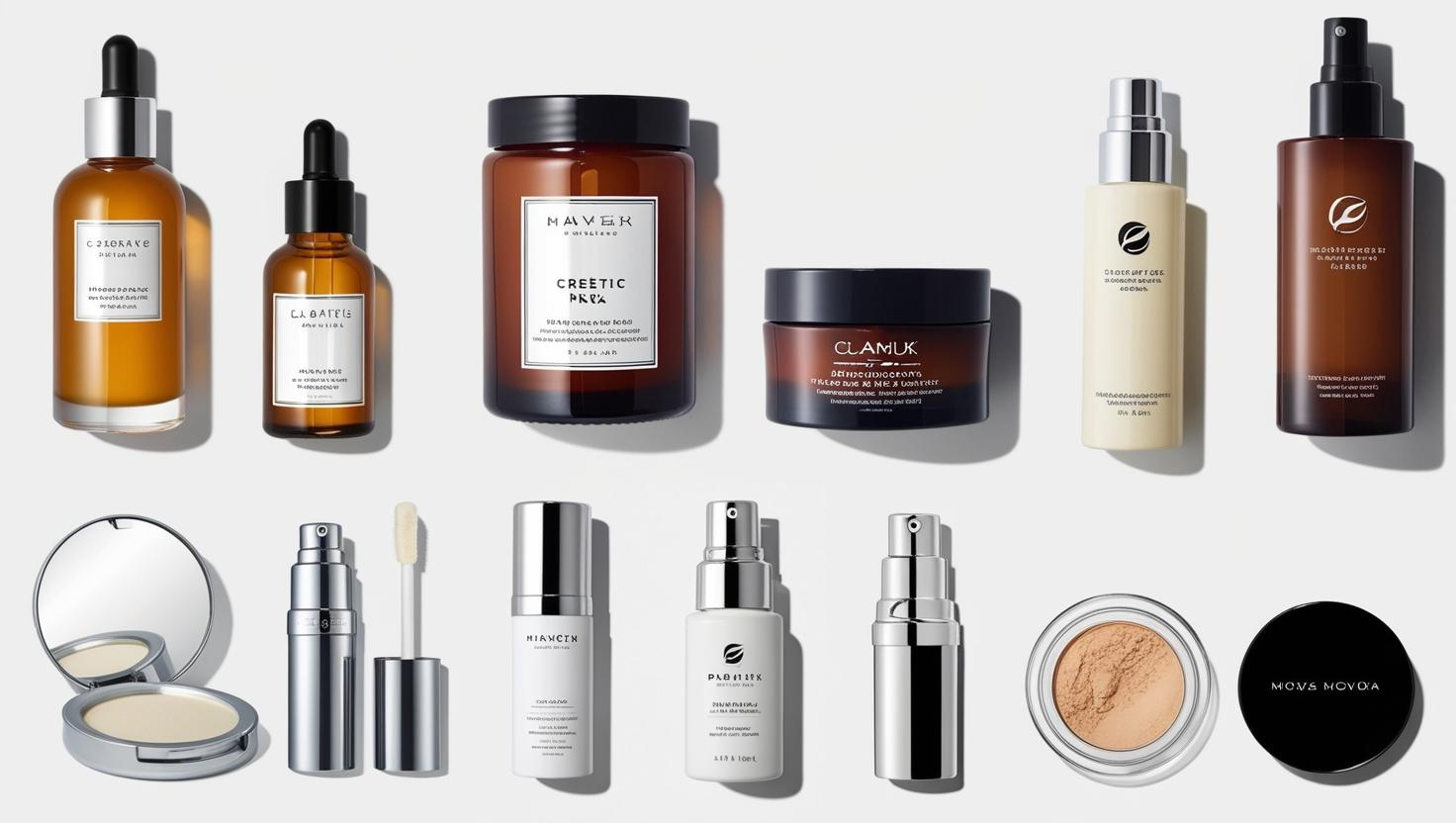
Common Cosmetic Packaging Types
| Packaging Type | Best For | Material Options |
|---|---|---|
| Bottles | Liquid foundation, toners, serums | Glass, Plastic |
| Jars | Creams, balms, masks | Glass, Plastic, Acrylic |
| Tubes | Lotions, gels, lip gloss | Plastic, Aluminum |
| Pumps | Skincare, liquid makeup | Plastic, Metal |
| Compacts | Pressed powders, blush | Plastic, Metal |
Each type has advantages in usability, preservation, and branding. To explore more packaging formats, check out this guide on cosmetic packaging types3.
What Is the Primary Packaging of Cosmetic Packaging?
Cosmetic products have multiple layers of packaging.
Primary packaging directly holds the product, such as jars, bottles, and tubes, ensuring protection and usability. Learn more about the differences between primary, secondary, and tertiary packaging4.
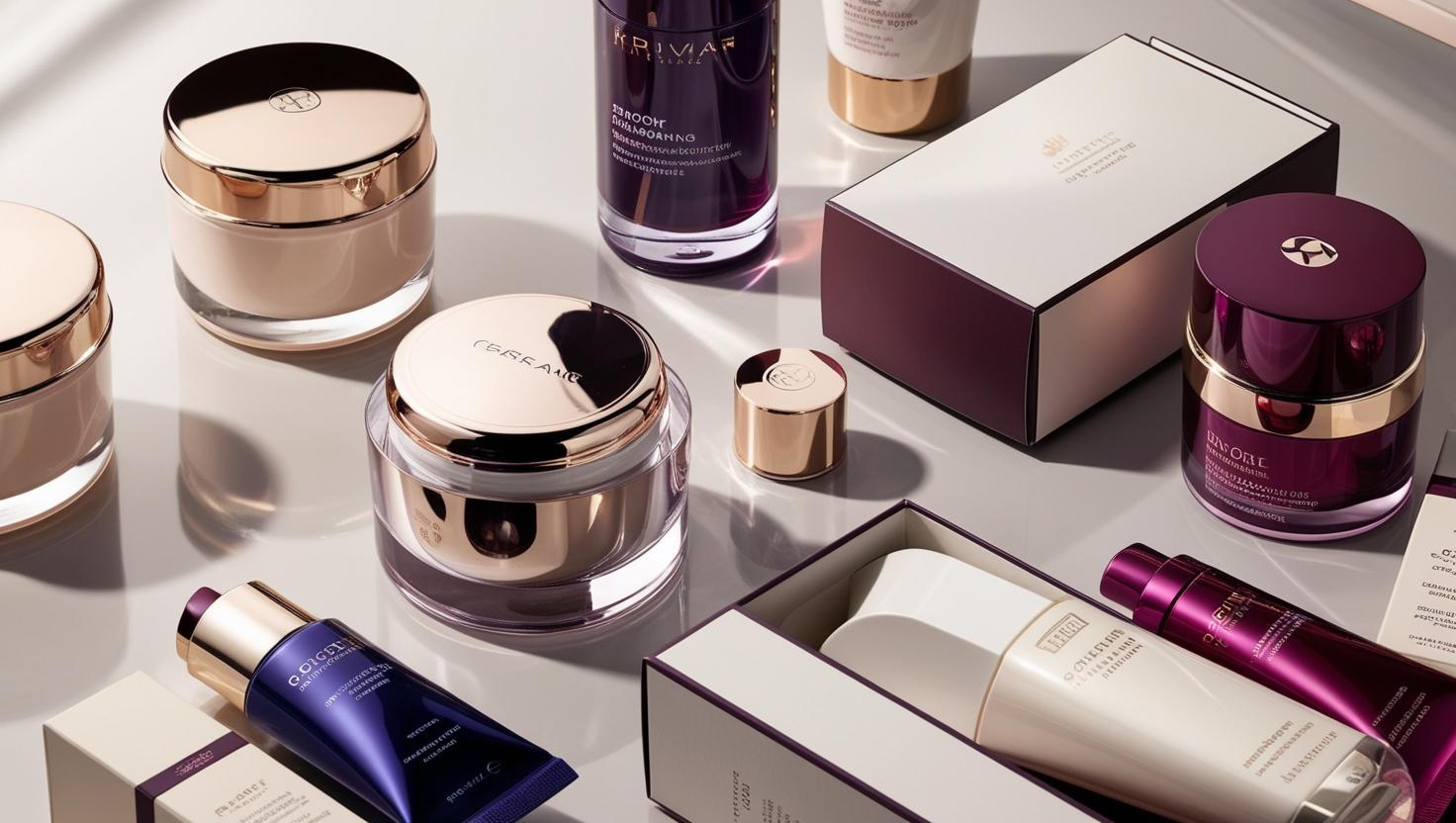
Packaging Layers Explained
- Primary Packaging: Directly contains the product (e.g., foundation bottle, cream jar).
- Secondary Packaging: Outer protection and branding (e.g., cardboard box, sleeve).
- Tertiary Packaging: Bulk storage and transportation (e.g., shipping boxes, pallets).
Primary packaging must be functional, aesthetic, and compliant with regulations.
What Is the Most Sustainable Packaging for Cosmetics?
Sustainability is a key factor in modern cosmetic packaging choices.
Glass, aluminum, biodegradable plastics, and refillable packaging5 are among the most sustainable options.
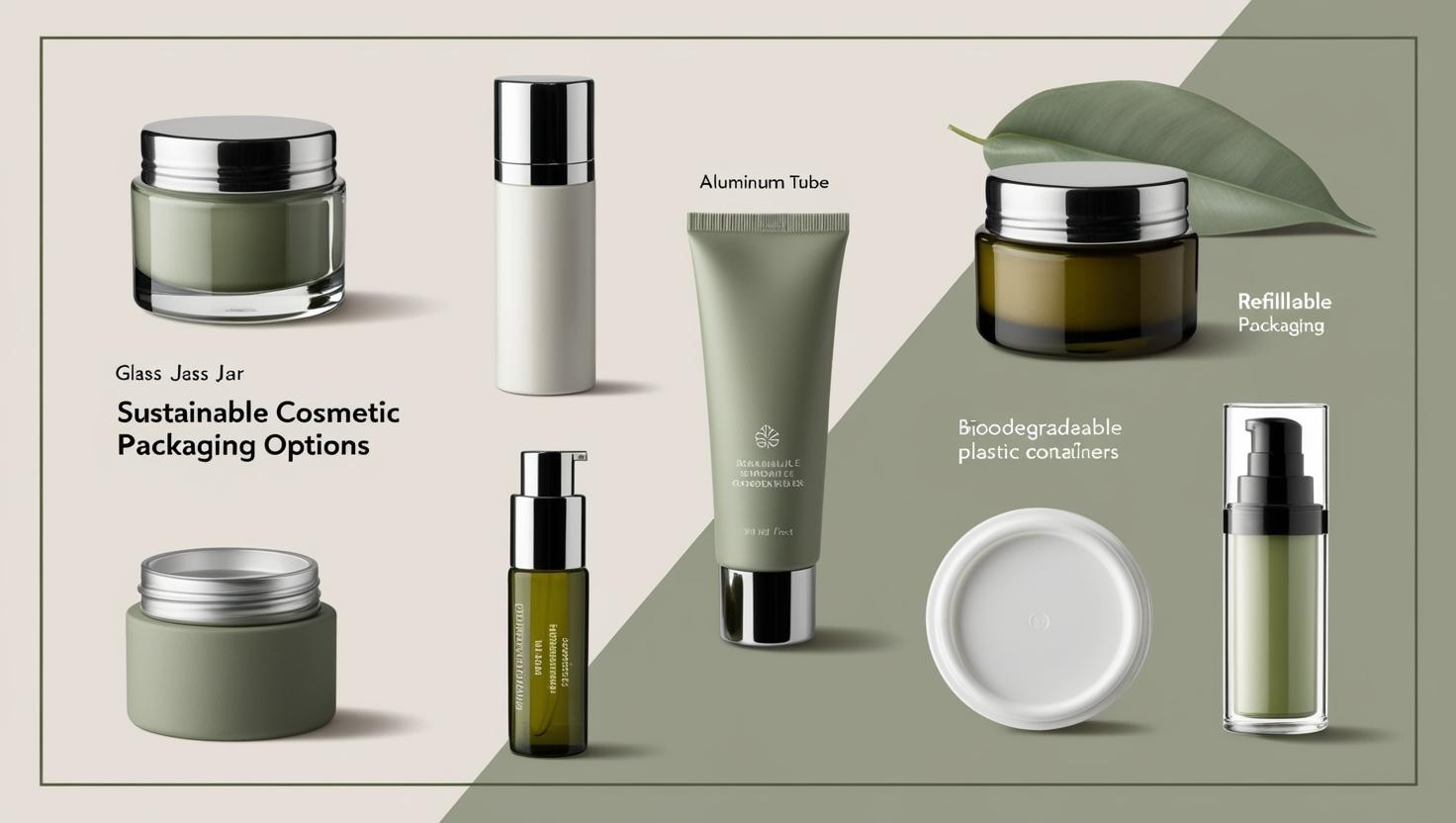
Eco-Friendly Packaging Materials
| Material | Sustainability Benefit |
|---|---|
| Glass | 100% recyclable, reusable |
| Aluminum | Lightweight, endlessly recyclable |
| Biodegradable Plastic | Reduces landfill waste |
| Paper-Based | Renewable, recyclable |
| Refillable Systems | Cuts down single-use waste |
Many brands are shifting to sustainable solutions to meet consumer expectations and reduce environmental impact.
What Is the Best Plastic for Cosmetic Packaging?
Plastic remains widely used in cosmetic packaging due to its versatility.
[PET, PP, and PE plastics](How do different plastics impact sustainability in cosmetic packaging?)[^6] are the most common choices, offering durability, safety, and recyclability.
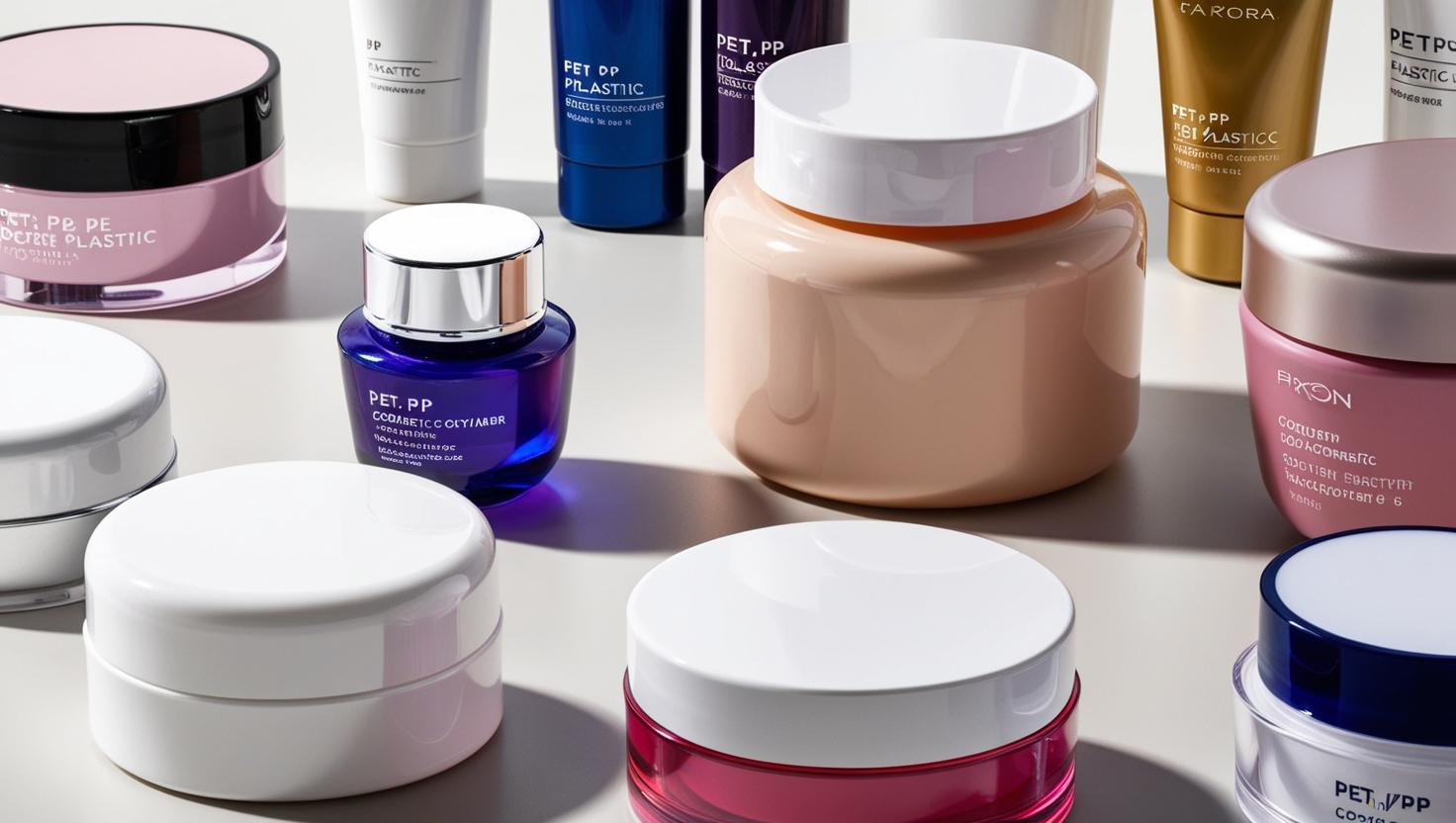
Best Plastics for Cosmetic Packaging
| Plastic Type | Properties | Common Uses |
|---|---|---|
| PET (Polyethylene Terephthalate) | Lightweight, recyclable | Bottles, jars |
| PP (Polypropylene) | Heat-resistant, durable | Caps, pumps, tubes |
| PE (Polyethylene) | Flexible, chemical-resistant | Tubes, squeeze bottles |
| Acrylic | Clear, glass-like appearance | High-end packaging |
Choosing the right plastic depends on product formulation, shelf life, and brand positioning.
Conclusion
Cosmetic companies source packaging from specialized suppliers, using various materials to balance functionality, aesthetics, and sustainability.
Footnotes:
-
Helps readers understand how companies find reliable packaging suppliers. ↩
-
Provides additional details on different packaging formats. ↩
-
Clarifies the different layers of packaging in the industry. ↩
-
Helps brands and consumers make eco-friendly packaging choices. ↩
-
Educates readers on plastic options and their properties. ↩
